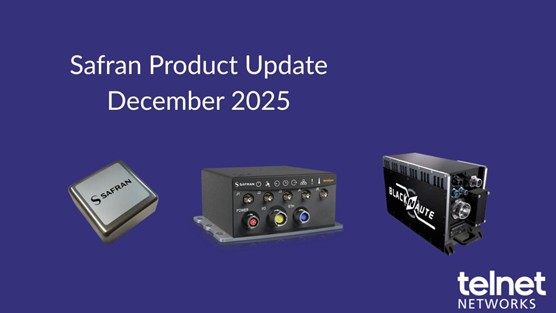According to research conducted by Enterprise Management Associates in October of 2016, 41% of IT personnel spend over 50% of their time working on network and application performance problems. Additional research cited by ExtraHop shows that tactical network data loses 70% of its value after 30 minutes. This makes the speed and accuracy of monitoring data analysis critical. Administrators need good monitoring data and network monitoring tools to help them discover, isolate, and solve problems as quickly as possible.
What Is Network Performance Monitoring?
Network performance monitoring (NPM) is a monitoring category comprised of software-based tools that can take metrics from your baseline analysis, flow data, and information that can come directly from your network devices to give you a complete picture of your network.
Typical Use Cases
In regards to NPM solutions, there are several specific use cases and instances where this type of solution can be very beneficial. Here are some specific benefits that can be realized:
- Expose critical network events – The requirement for total network visibility often includes the capture of different types of data like client CPU utilization, data throughput, bandwidth consumed, and device memory consumed.
- Quickly troubleshoot sporadic performance problems – NPM tools can navigate to the exact moment a problem happened to show a detailed packet-level view of before, during and after the occurrence to aid in troubleshooting.
- Provide geolocation of issues – Knowing that there is a problem is one part of the solution. The next ingredient is to know where the problem is occurring. This is where the location of anomaly driven data flows can allow NPM tools to quickly isolate potential problem locations.
Considerations
While NPM solutions can provide significant benefits, standalone deployments of these tools can run into problems like: overloaded disk space and processing, the need for different interface ports based upon network traffic speed, and the needs for lots of input ports to capture data across the network. Here are a few specific capabilities that you will want to keep in mind when using NPM tools:
Ability to aggregate data feeds from multiple sources – The data requiring analysis may need to be captured from taps, SPAN ports, virtual taps, and data switches. Security and monitoring tools often have a limited number of input ports. If data is required from more monitoring data sources than the direct input ports that exist, then there needs to be some sort of manual data cable switching process. A network packet broker (NPB) can combine the information into a single data stream to the NPM tool to prevent tool port overload.
Deduplication – This is required to automatically filter out duplicate traffic to save tool disk space and processing resources.
Easy to set up data filters – A clear benefit of the NPB is to filter out uninteresting data to the NPM tool to make it more efficient to make the NPM tool more efficient and resolve issues faster.
Easy to set up data filters – A clear benefit of the NPB is to filter out uninteresting data to the NPM tool to make it more efficient to make the NPM tool more efficient and resolve issues faster.
Load balancing data – If the bandwidth to be analyzed requires multiple NPM tools, the NPB can provide load balancing across multiple NPM input ports to provide n+1 redundancy and also to spread higher data rate traffic across lower rate input ports on the NPM tool.
Thank you to Keith Bromley for the article.






